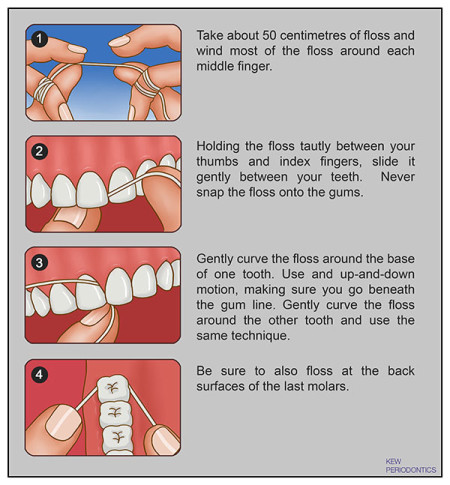No, colds and the flu are caused by viruses; if there aren’t any around, you won’t catch a cold. Although, lower temperatures can weaken the first line of immune defense which causes a higher susceptibility to infection.
- Between 5-20% Americans catch a cold/flu every year between late fall and winter.
- People tend to stay indoors with decreased temperatures, which in turn, puts them in contact with more people.
- More people = More exposure opportunities for viruses to spread.
- When people cough, sneeze, have runny noses, or do anything that spreads droplets of secretions from the respiratory tract, these germs can spread.
- Mucous works as a protective barrier by trapping germs or particles in the air and stopping them from getting into your lungs.
- When air gets colder and dryer, like in the winter, your mucous membrane is triggered to secrete more mucous, which moisturizes the air so your nasal cavity doesn’t dry up, crack, and bleed.
- Sometimes the mucous in your nose dries out from the cold, dry air. This prevents its action as a protective barrier against germs, which in turn increases your chances for infection.
- Once germs get into your lungs, it can cause an infection called Pneumonia.
- The immune system is stimulated when people are exposed to the cold.
- The cold increases the number and activity level of the body’s defense system.
- This video shows many examples of how being in the cold doesn’t cause you to catch a cold. You can only get it if you are exposed to the virus.
*Here is a video about what is actually happening when you get sick:
- Wash your hands frequently to prevent the spread of germs.
- And if you get sick, take charge in preventing it from getting worse!

References
Benaroch, R. (2015). Cold Weather Illnesses. Pediatrics for Parents, 30(7/8),4. Retrieved April 27th, 2016 from http://library.neit.edu:2048/login?url=http://search.ebscohost.com/login.aspx?direct=true&db=f5h&AN=113994665&site=ehost-live
Cold, Flu, & Cough Health Center. (2016). Web MD. Retrieved May 4th, 2016 from http://www.webmd.com/cold-and-flu/cold-guide/flu-cold-symptoms
Simon, C. (2001.) Sickness in a Cold Climate. The Times. Retrieved April27th, 2016 from http://library.neit.edu:2048/login?url=http://search.ebscohost.com/login.aspx?direct=true&db=n5h&AN=7EH3530944369&site=ehost-live
Walles, H. (2010). You Can Catch a Cold From the Cold True/False. The Press. Retrieved April 27th, 2016 from http://library.neit.edu:2048/login?url=http://search.ebscohost.com/login.aspx?direct=true&db=n5h&AN=CPL100612E008127147298-JB&site=ehost-live











